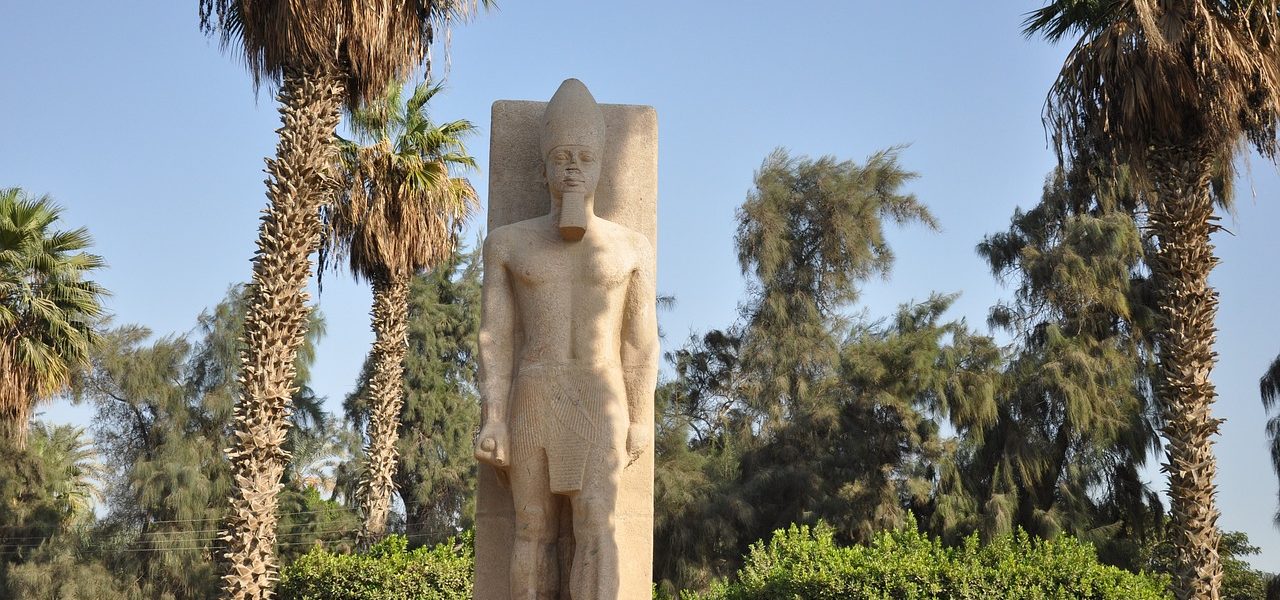pyramids of Memphis
The Pyramids of Memphis were a group of pyramids located near the ancient Egyptian city of Memphis, which was the capital of Egypt during the Old Kingdom period. Memphis was located near the modern-day city of Cairo, and the pyramids were built during the 3rd and 4th Dynasties of the Old Kingdom, approximately 4,500 years ago.
The most famous pyramid at Memphis was the Pyramid of Djoser, which is located in the nearby city of Saqqara. It was built during the 3rd Dynasty by the architect Imhotep, who is considered one of the most important figures in ancient Egyptian history. The Pyramid of Djoser was the first large stone structure ever built and is considered the earliest known pyramid.
Other pyramids in the Memphis area include the Pyramid of Userkaf, the Pyramid of Teti, and the Pyramid of Pepi I. These pyramids were built during the 5th and 6th Dynasties of the Old Kingdom and are located in Saqqara and Dahshur.
Today, many of the pyramids in the Memphis area are in various states of preservation, with some in better condition than others. Despite this, they remain a popular destination for tourists and continue to attract visitors from around the world who are fascinated by the ancient civilization that created them.
Memphis Pyramids
The Pyramid of Userkaf: This pyramid is located in Saqqara and was built during the 5th Dynasty. It is one of the smaller pyramids in the area and is made of limestone. It is believed to have been built for the pharaoh Userkaf, who was the founder of the 5th Dynasty.
The Pyramid of Teti: This pyramid is also located in Saqqara and was built for the pharaoh Teti, who ruled during the 6th Dynasty. It is one of the best-preserved pyramids in the Memphis area and is known for its intricate interior design, which includes beautiful wall paintings and hieroglyphs.
The Pyramid of Pepi I: This pyramid is located in Dahshur and was built for the pharaoh Pepi I, who ruled during the 6th Dynasty. It is one of the largest pyramids in the Memphis area and is made of limestone. The pyramid was originally covered in white limestone, but much of it has been removed over the years.




